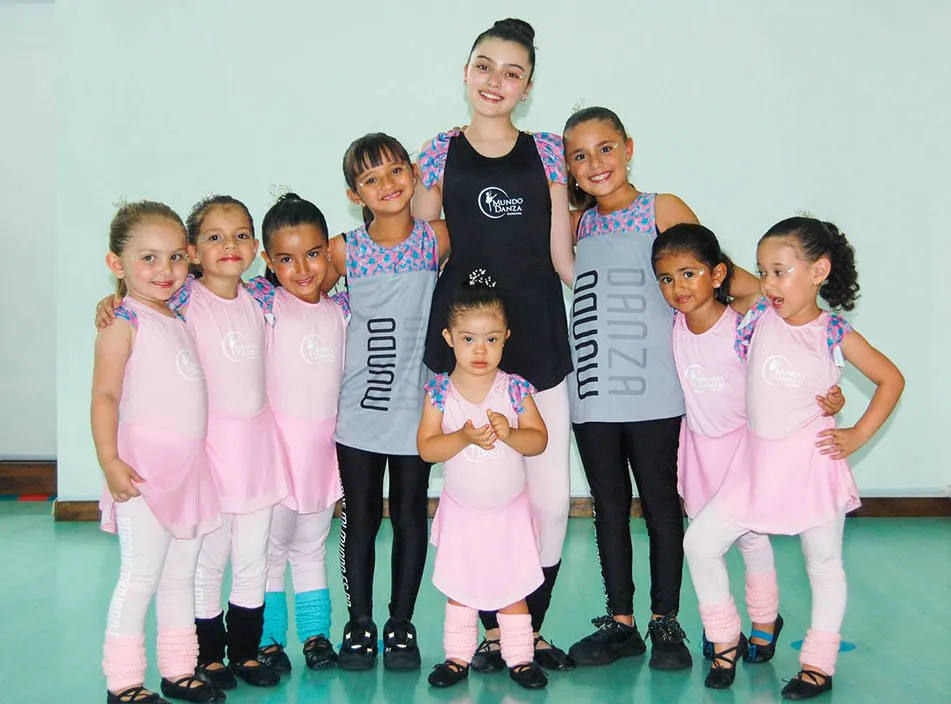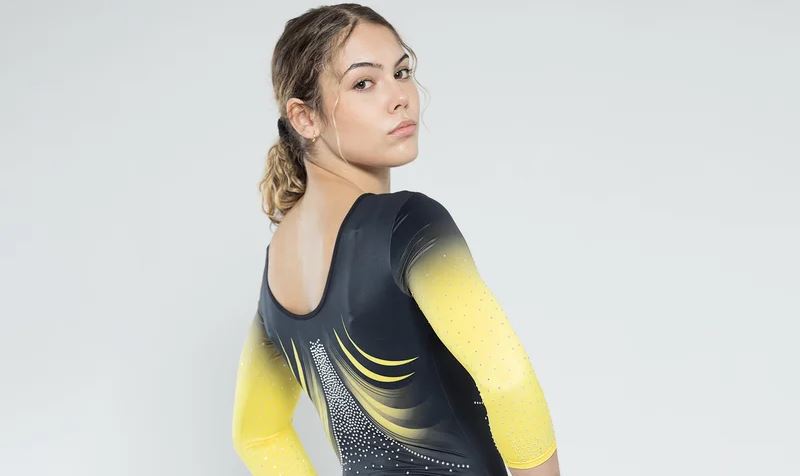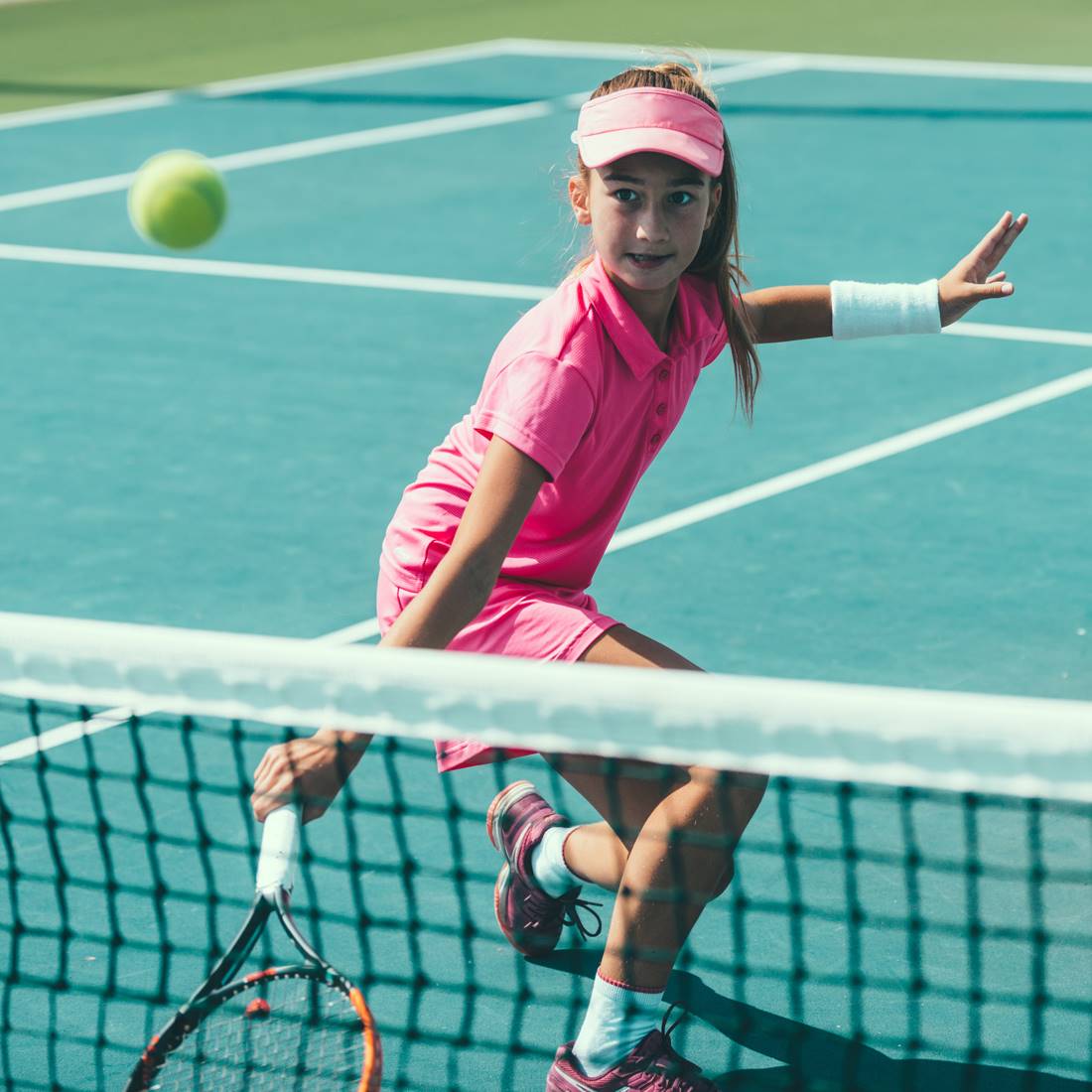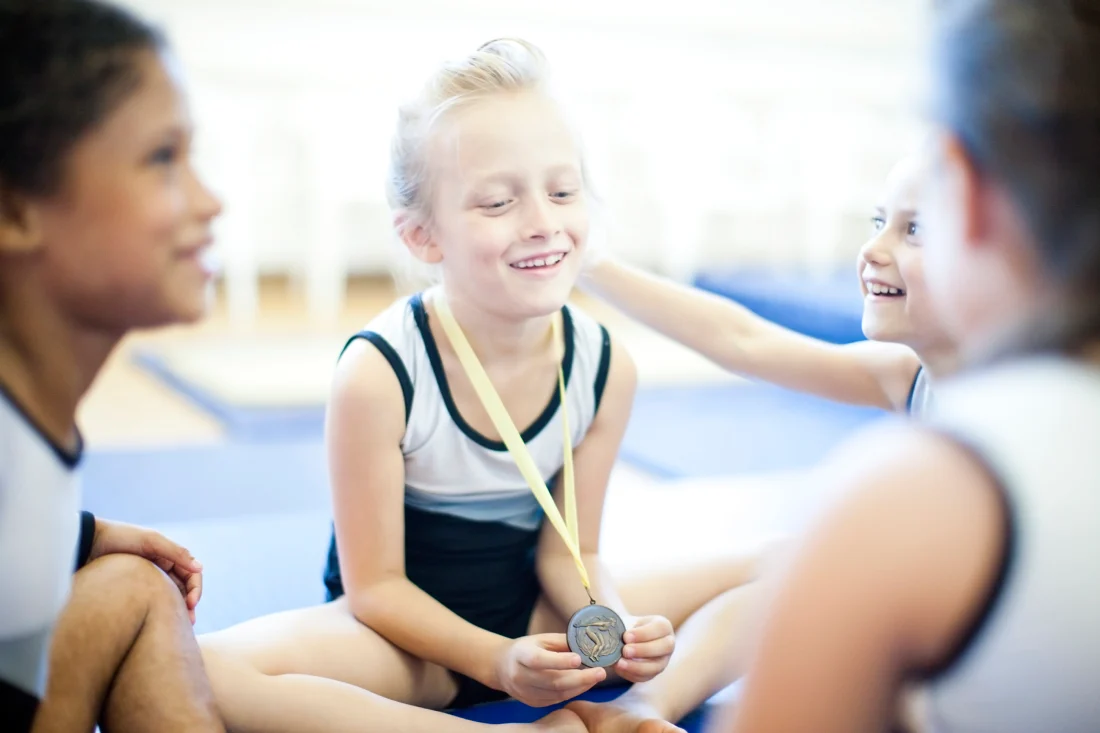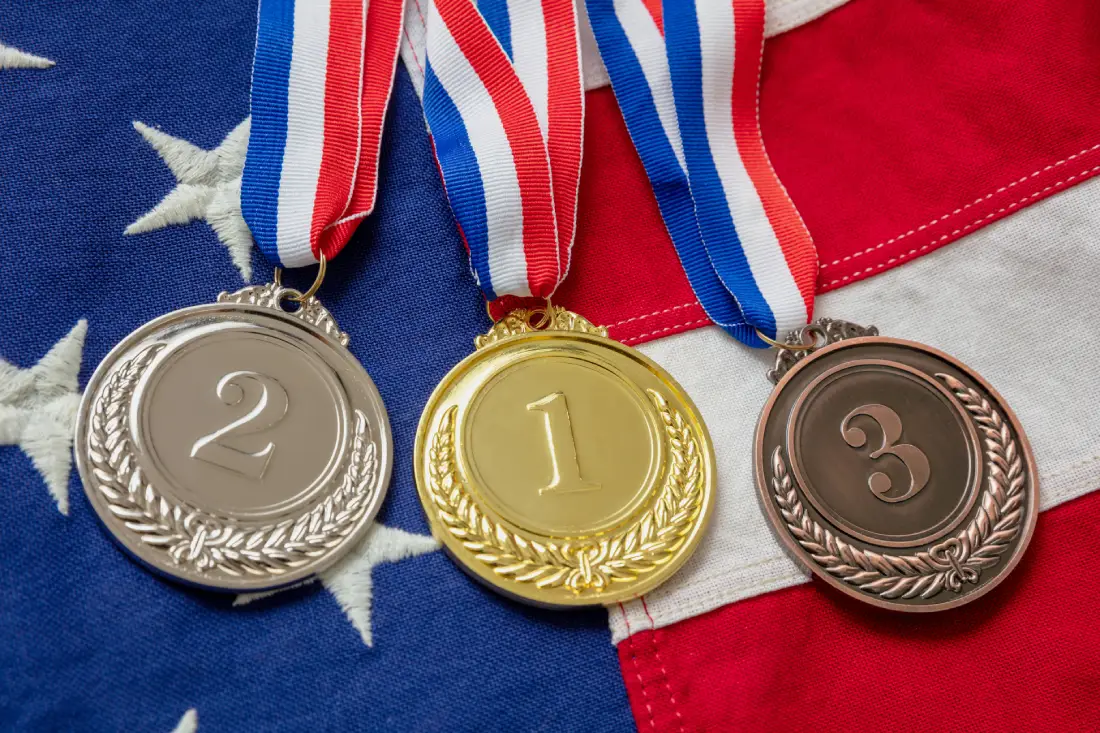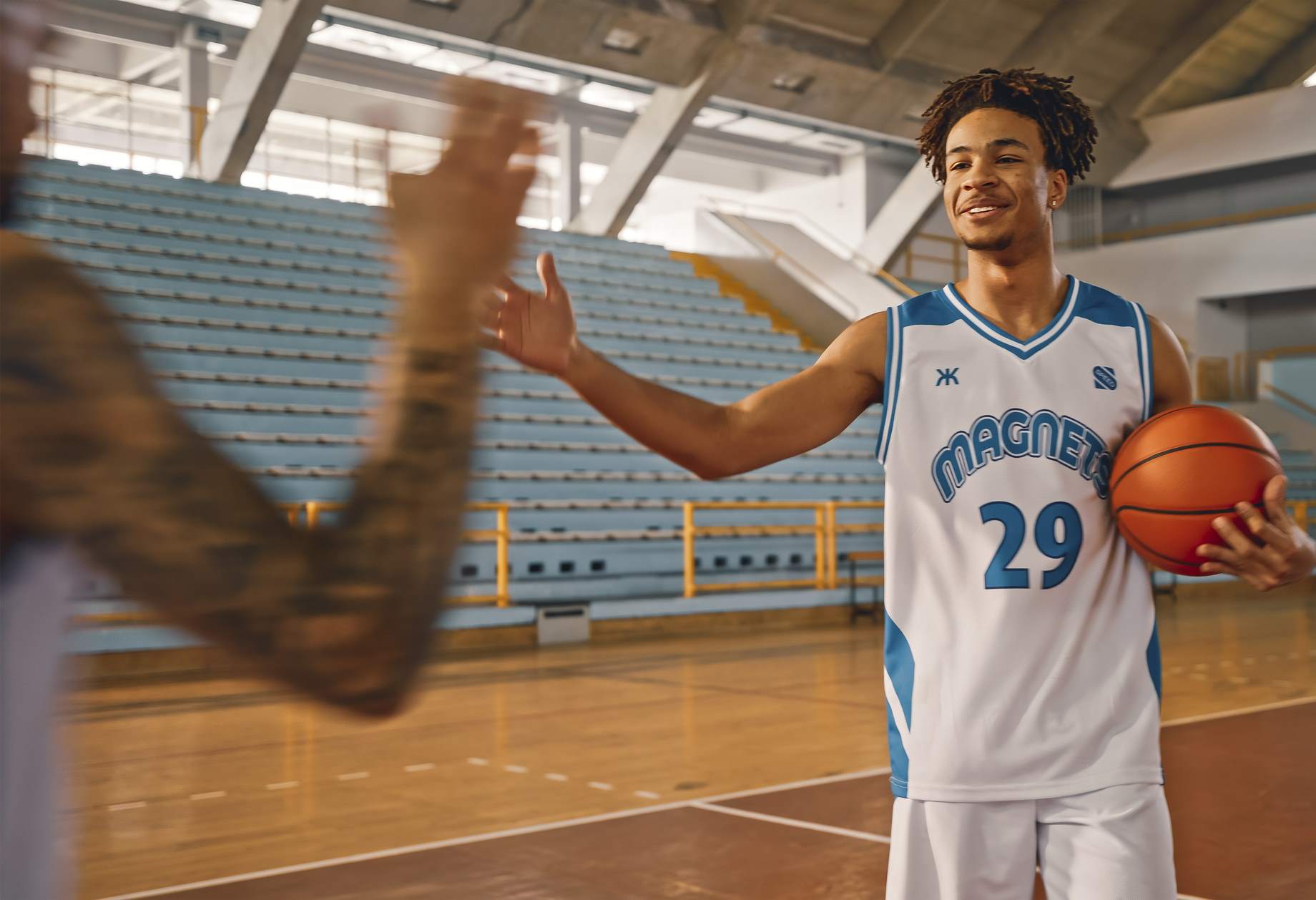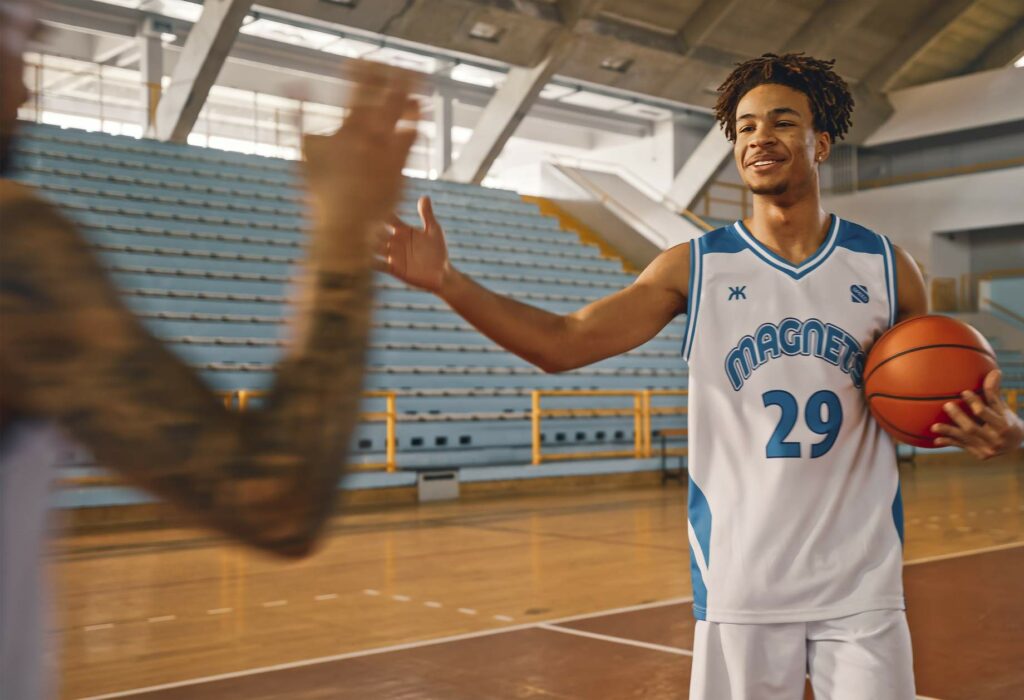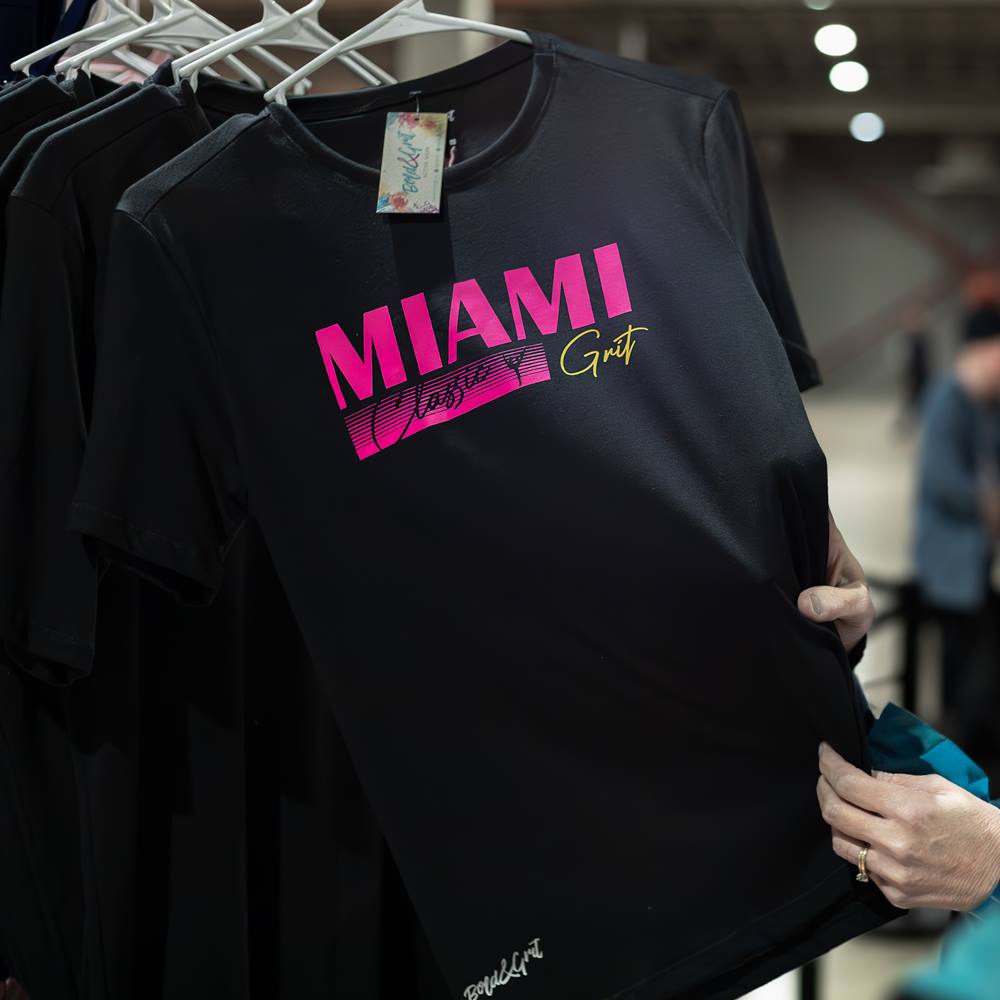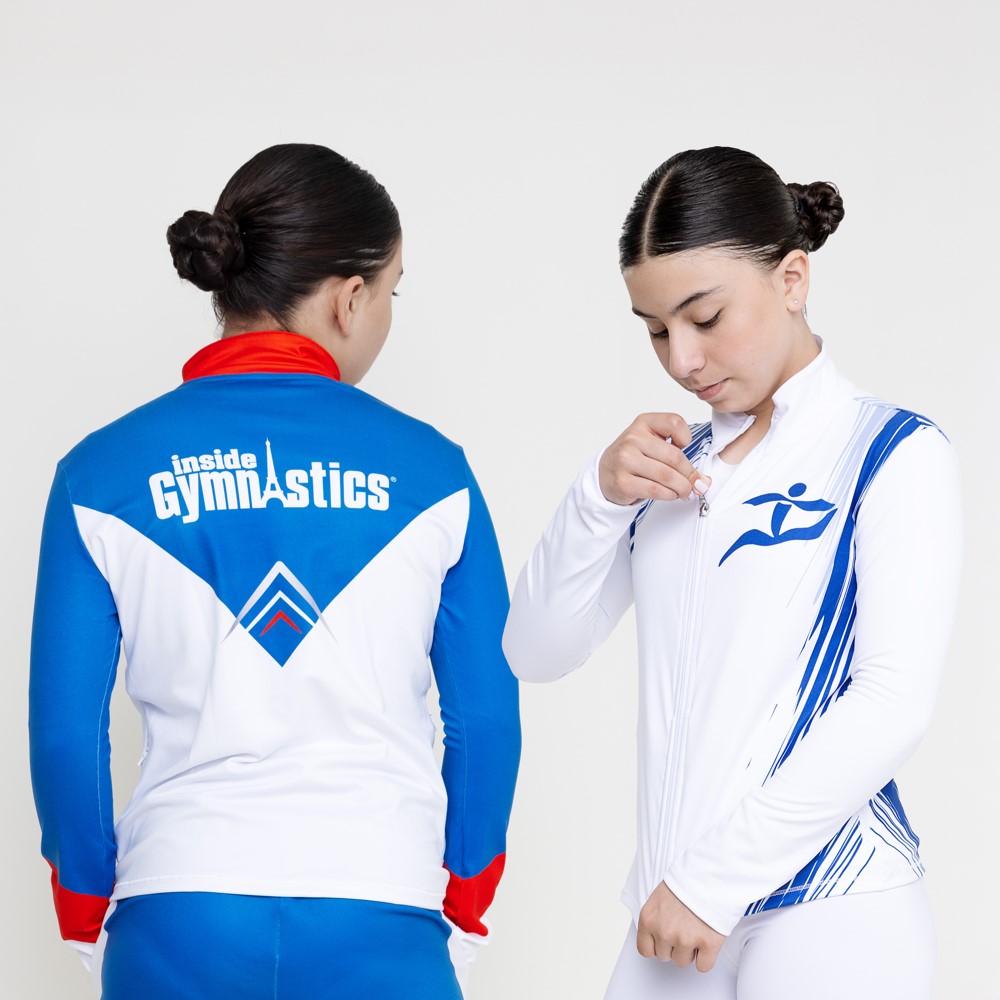Cancer touches all of us in deeply personal ways. This year, at Bold&Grit, we’re launching a campaign that reflects the diversity of those experiences and the strength it takes to fight: Fight Cancer in All Colors.
Each type of cancer has its own color—a symbol of the battle fought by millions every day. Our campaign celebrates the courage of those facing cancer, honors the memory of those we’ve lost, and supports the loved ones who provide unwavering strength and support through the toughest of times.
For our founder and CEO, this campaign is particularly meaningful. Her mother fought bravely against cancer, and her memory inspires us to make a difference. We’ve created a special leotard and t-shirt as symbols of solidarity—clothing that tells a story, holds memories, and embraces everyone touched by this disease.
For Those Who Stand By Us
This campaign is not just for those in the fight, but also for the ones standing beside them—the family members, friends, and caregivers whose love and support make all the difference. In my case, I wear my t-shirt for my dad, who is battling cancer in his colon, liver, mesentery, lungs, and lymphatic system. He inspires me every day with his strength, and this t-shirt is my way of showing him how much he means to me.
Join Us in Making a Difference
We invite you to join us in this campaign, to wear your leotard or t-shirt proudly for those who mean the most to you. Tell them how much you care, show them they are not alone, and spread the word that we’re all in this together.
And it doesn’t stop there. Part of the money raised from this campaign will be donated to a foundation dedicated to helping children with cancer. Because we believe that together, we can bring hope and a little more light into the lives of those who need it most.
Wear Your Colors with Pride
So, this October, as we mark Cancer Awareness Month, let’s wear our colors with pride, honor those we love, and stand together in this fight. Every color, every story, every person matters. Let’s make sure they know it.
Thank you for being part of this journey with us.


